1. Cast-Iron Skillets
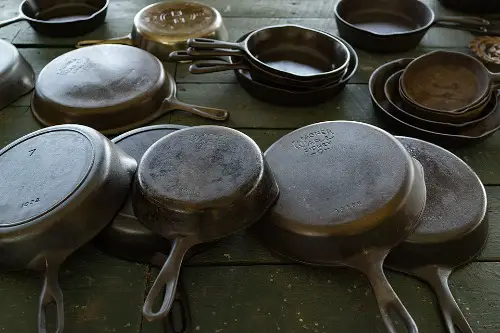
There’s a reason people still pass down cast-iron skillets like family heirlooms. Once they’re properly seasoned, these pans create a naturally non-stick surface that rivals any modern coating. Unlike today’s non-stick pans, they don’t scratch easily or wear out after a few years. They also retain heat far better, making them perfect for searing and frying.
Modern skillets with synthetic coatings may promise convenience, but they can’t hold up to decades of use. A cast-iron skillet can last generations if you care for it. Plus, the older they are, the smoother their surface tends to be from years of seasoning. You just can’t buy that kind of cooking history brand new.
2. Rotary Telephones
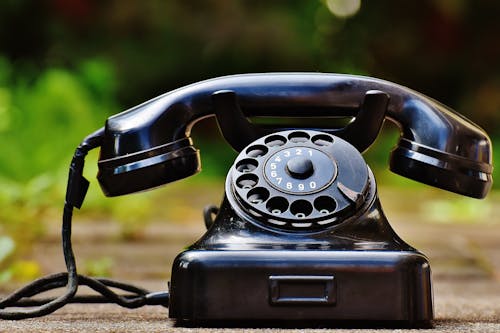
Rotary phones may look like relics, but they’re nearly indestructible. These old landline units don’t need charging, and they’ll keep working even if the power goes out. They also had a satisfying weight and sound that made each call feel more intentional. Modern smartphones may be powerful, but they’re also fragile and constantly demanding updates.
Another bonus of rotary phones was their simplicity—no apps, no notifications, no distractions. Just pick it up and call. They also had superior sound quality compared to some cheap cordless or mobile phones today. For sheer reliability, you can’t beat a rotary.
3. Wind-Up Alarm Clocks

Before we all relied on phones, wind-up alarm clocks got the job done without needing electricity or batteries. They were built with sturdy gears and springs that could take years of daily use. Unlike digital clocks, they won’t be rendered useless during a power outage. And honestly, the sharp ring was almost impossible to sleep through.
These old clocks also had a certain charm—bright faces, ticking hands, and a presence on the nightstand. You don’t have to worry about software bugs or touchscreens freezing. Plus, they forced you out of bed because hitting snooze wasn’t as simple as tapping a screen. They were loud, stubborn, and effective.
4. Analog Radios
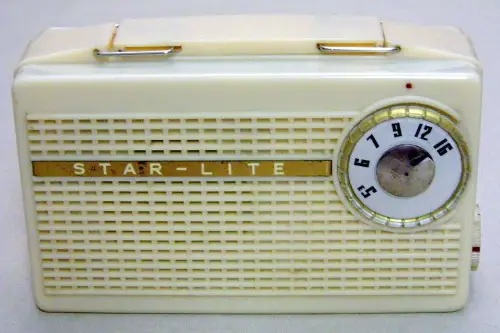
There’s something unbeatable about twisting a dial on an old analog radio until the station comes in crystal clear. Unlike streaming services, you didn’t need Wi-Fi or data. They picked up signals reliably, even in rural or remote areas. Modern digital radios can be fussy and less forgiving when a signal isn’t perfect.
Analog radios also seemed to have richer sound, with warm tones that made listening enjoyable. Many were built with quality wood or metal casings, not flimsy plastic. They were dependable during storms when other tech failed. For tuning in anywhere, anytime, the classics had it right.
5. Hand-Crank Egg Beaters
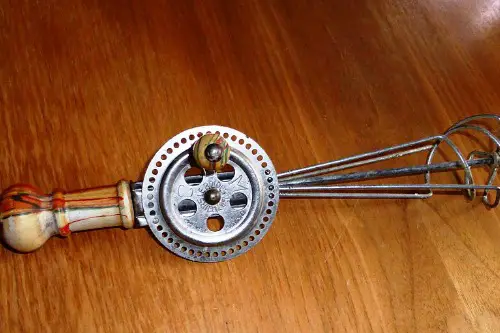
Before the electric mixer took over, hand-crank egg beaters were the go-to tool in every kitchen. They were quick to use, didn’t require plugging in, and gave you perfect control over speed. With no motor to burn out, they could last for decades. And they’re surprisingly efficient for whipping cream or mixing batters.
Unlike modern gadgets, they’re easy to clean and store, with no cords to tangle. Plus, they’re nearly silent compared to the whir of an electric mixer. Many vintage models still work as well as the day they were made. For smaller kitchen jobs, they’re honestly more convenient than hauling out a big machine.
6. Manual Typewriters
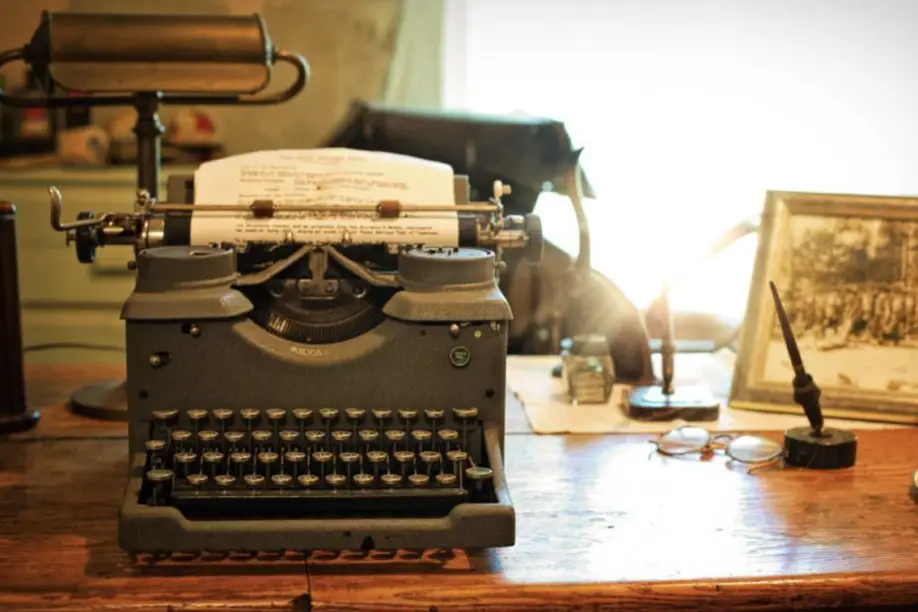
Typing on a manual typewriter forces you to slow down and think about every word. There’s no autocorrect or delete key, just the satisfying click of keys and the ding of the carriage return. Many writers found inspiration in the tactile feedback these machines gave. They’re also immune to crashing or software glitches.
Durability was another huge strength. Unlike laptops, they don’t need updates, chargers, or fragile screens. As long as you had ribbons and paper, you could write anywhere. For pure reliability and focus, typewriters still outshine modern tech.
7. Pressure Cookers (Old-School Stovetop)

Before the Instant Pot craze, stovetop pressure cookers were kitchen workhorses. These heavy-duty pots could tenderize tough cuts of meat in a fraction of the time. Their simple design—just a locking lid and a weighted valve—meant fewer things could break. With proper care, many from the 1950s are still cooking strong today.
Modern electric versions have more features, but they’re also more prone to electrical failure. The old ones relied on physics, not microchips. They’re also easy to repair if a gasket or handle wears out. It’s proof that simple engineering often lasts longer.
8. Sewing Machines (Pre-1970s)
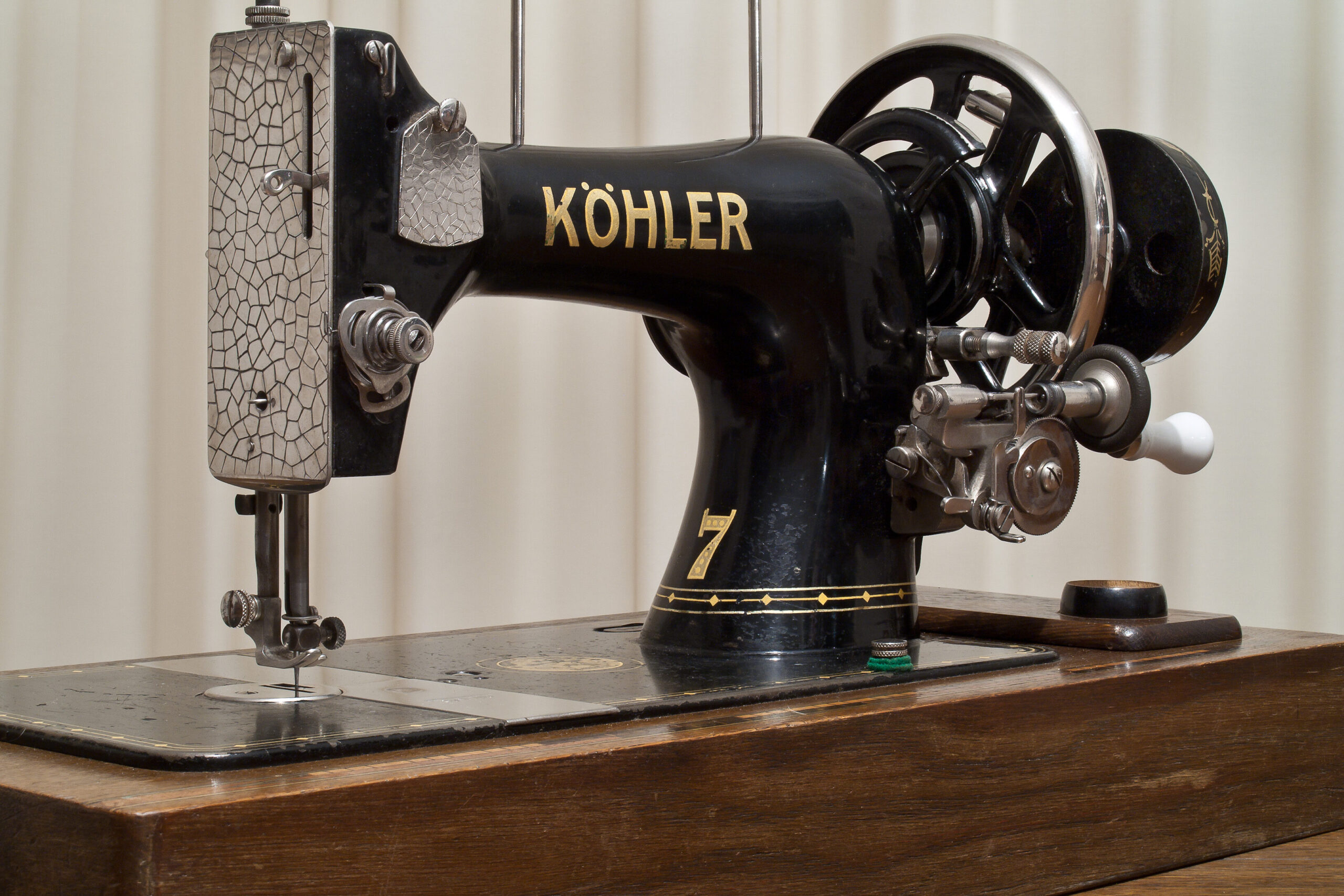
Vintage sewing machines were built like tanks, often made of cast iron and steel. They could handle thick fabrics like denim or leather with ease. Many came with ornate designs and details that made them as beautiful as they were functional. Compared to today’s plastic-heavy machines, they were far sturdier.
Another big advantage was their straightforward mechanics. They didn’t rely on electronics that could short out. Many old sewing machines just need a little oil and cleaning to keep running. That kind of reliability is rare in newer models.
9. Coffee Percolators
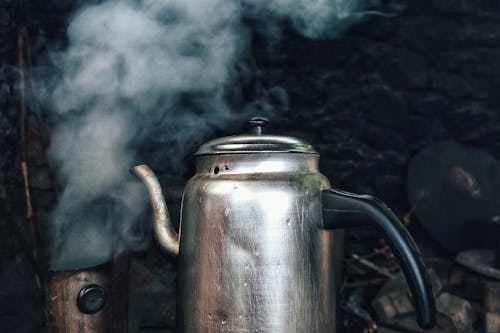
Before drip machines and pods, percolators ruled the morning brew. They use boiling water cycling through coffee grounds to create a rich, bold flavor. Many people swear the taste is stronger and more satisfying than what modern machines produce. And they’re simple—just a pot, a filter basket, and heat.
Percolators also last practically forever, especially the stovetop models. There’s no pump or circuit board to fail. Just metal and glass, built to withstand years of use. For coffee purists, the old way still makes the best cup.
10. Push Reel Lawn Mowers

These human-powered lawn mowers may look outdated, but they’re surprisingly effective. The sharp, scissor-like blades give grass a clean cut instead of tearing it like gas mowers sometimes do. They’re quiet, eco-friendly, and require almost no maintenance beyond sharpening. And you’ll never worry about running out of gas.
Older models were built with solid steel and wooden handles that could last decades. Today’s versions are often flimsier. Plus, they gave you a workout while you maintained your yard. Sometimes the simplest tools really are the smartest.
11. Vacuum Tube Radios and Amplifiers
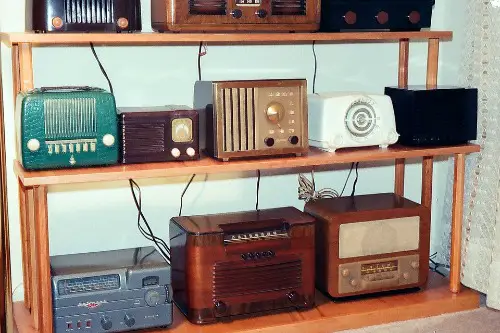
Audiophiles still chase the warm sound that only vacuum tube equipment provides. These old devices didn’t just play music—they made it feel alive. Tube amps in particular are prized for their rich tones, something digital gear struggles to replicate. Even with all our advancements, tubes still hold their ground.
Durability was another plus. Many tube radios from the 1940s and 50s still work with minimal repair. They were built to be serviced, not replaced. That kind of longevity is rare in today’s throwaway electronics.
12. Ice Cube Trays (Metal with Levers)

Before plastic trays, ice cube trays were made of sturdy aluminum with a lever mechanism. One pull, and the cubes popped out cleanly without twisting or cracking. They were virtually indestructible compared to flimsy modern versions. And there was something satisfying about the lever action.
Plastic trays often warp, stain, or break after a few uses. The old metal ones could last for decades in the freezer. They also froze ice faster because of the metal’s conductivity. A small thing, but a daily convenience that newer trays just don’t match.
13. Analog Thermostats
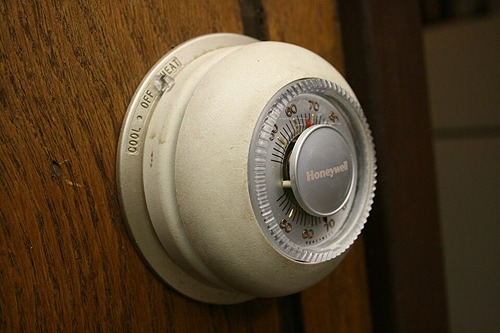
Old round thermostats with a simple dial were incredibly reliable. No touchscreens, Wi-Fi, or complicated settings—just set the temperature and forget it. They rarely failed because they used simple mechanical switches. In fact, many still work after 40+ years.
Modern smart thermostats may save energy, but they can also get buggy with software or connectivity issues. An analog thermostat just does its job without fuss. It’s a perfect example of how simplicity outlasts complexity. Sometimes you don’t need “smart”—you need steady.
14. Washboards
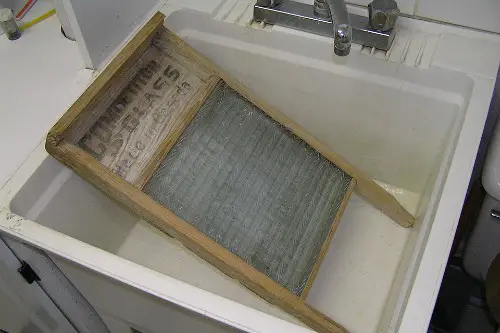
Before electric washers, washboards were a staple in every household. They’re low-tech, but highly effective at scrubbing dirt from clothes. In fact, some people still use them today for delicates or camping trips. They work without electricity, making them foolproof in any situation.
Older washboards were often made of glass or metal, built tough to handle years of use. They don’t have moving parts to break or motors to fail. And while they take more effort, they actually clean stains that machines sometimes miss. It’s a reminder that the simplest tools often deliver the best results.
This post 14 Old Appliances That Work Better Than Anything New was first published on Greenhouse Black.
